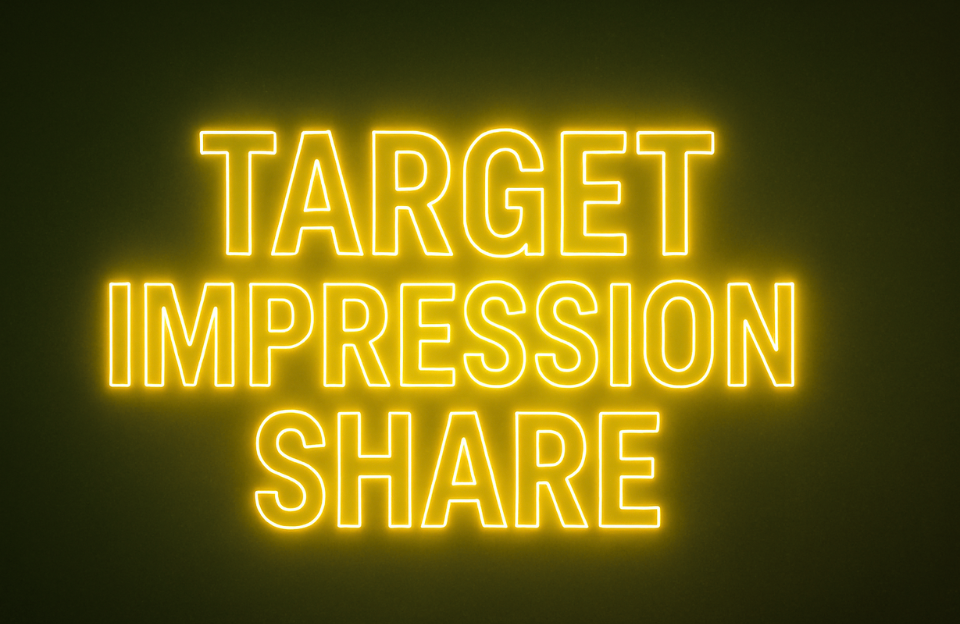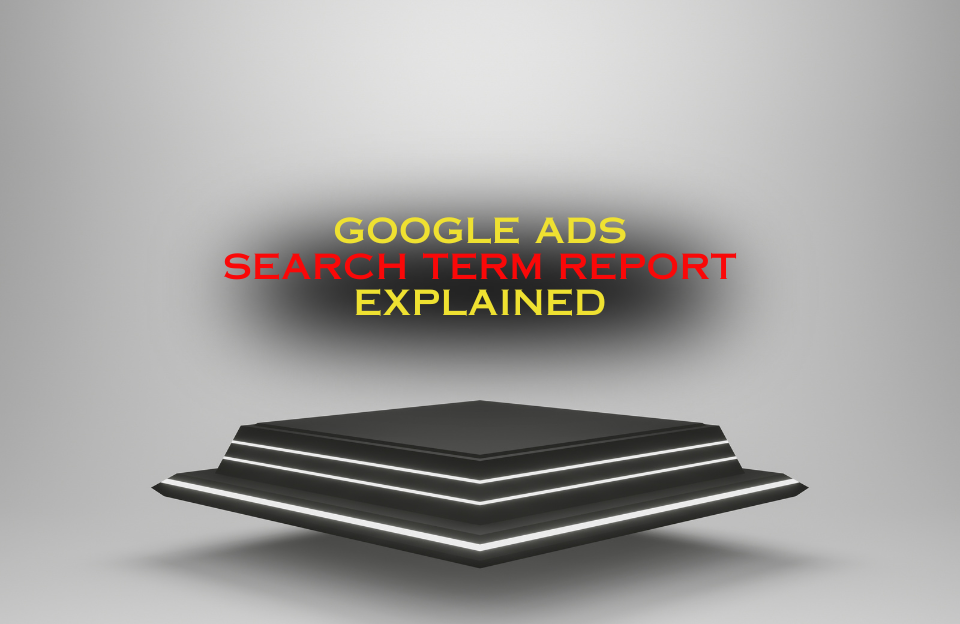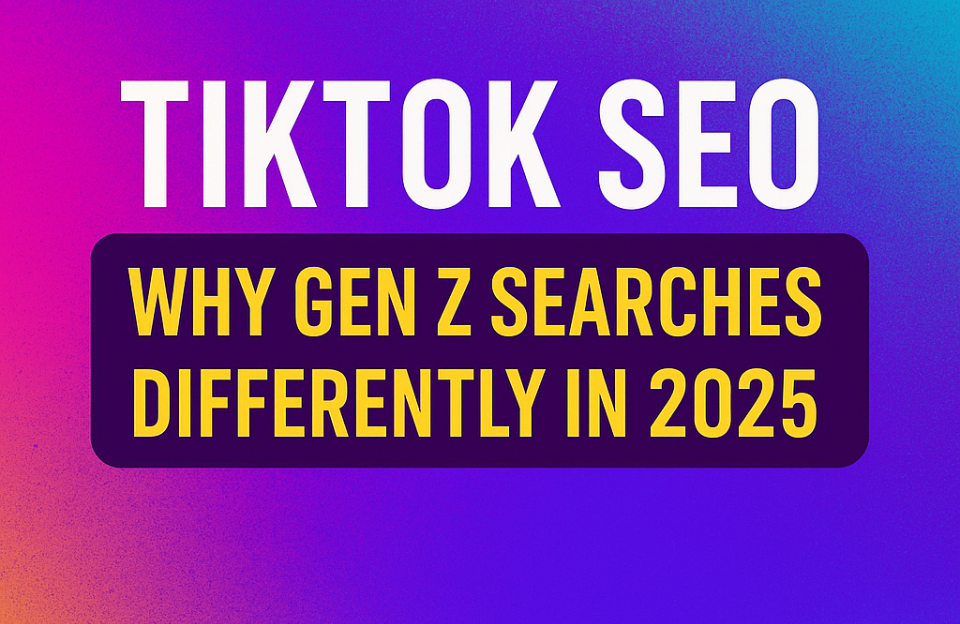Target Impression Share (TIS) is a smart bidding strategy in Google Ads that focuses not on clicks or conversions, but on visibility. It’s ideal when you want to ensure your ads show up in top positions, especially for branded terms or competitive keywords.
What is Target Impression Share?
Target Impression Share automatically sets your bids to help your ads appear in a certain percentage of eligible auctions. You can choose your goal based on ad position:
- Absolute top of the page (position 1)
- Top of the page (above organic results)
- Anywhere on the page (eligible for any position)
You also set a target percentage (e.g., 90%) and a maximum CPC bid limit to control costs.
This strategy is powered by Google’s real-time bidding algorithm, which calculates the probability of your ad winning an auction at your desired position and adjusts bids accordingly. Unlike conversion-focused strategies, the algorithm here prioritizes visibility potential over conversion likelihood.
How does it work?
Google uses real-time auction signals to determine when and how to bid to meet your impression share target. Signals include:
- Competitor bids
- Device type and location
- Time of day
- Ad relevance and Quality Score
- User intent and past behavior (to some extent)
If your ad isn’t eligible to show in the desired position or would require a higher bid than your max CPC, it may not appear. So, setting realistic targets and a sufficient CPC limit is crucial. Also, be aware that 100% impression share is often not realistic unless your budget and bids are significantly high.
When should you use Target Impression Share?
Target Impression Share works best when:
- Brand awareness is your primary goal
- You want to dominate search results for branded keywords
- You’re launching a new product and need visibility
- You’re competing for local terms or high-intent keywords
- You want to push out competitors from top ad placements
It’s less suited for:
- Performance-driven campaigns focused on ROAS or CPA
- Limited budgets where cost-efficiency is critical
- Situations where conversions matter more than impressions
Pros and cons of Target Impression Share
Pros:
- Ideal for maximizing visibility
- Great for protecting branded search terms
- Useful for beating competitors in high-value auctions
- Good short-term strategy for launches or promos
- Enhances perception of brand authority in search results
Cons:
- Can lead to high CPCs without direct ROI
- Doesn’t optimize for conversions
- May burn through budget quickly if not capped
- Not recommended for long-term efficiency-focused campaigns
Practical example: Protecting your brand name
Let’s say you manage ads for a company called “Luxora Skincare.” You notice competitors are bidding on your brand name and showing above your own ad.
You set up a Target Impression Share strategy with these settings:
- Goal: Absolute top of page
- Impression Share Target: 95%
- Max CPC: €3.00
As a result, your ads now show up in the #1 spot for nearly all brand-related searches, ensuring customers see your official listing first. This helps protect brand equity and reduce click loss to competitors.
You monitor results for two weeks and see a significant drop in competitor impressions while your brand traffic increases. Although the campaign doesn’t drive many conversions, it plays a strategic role in safeguarding your brand visibility.
How to set up Target Impression Share in Google Ads
- Log into your Google Ads account
- Go to your campaign settings
- Under “Bidding,” choose “Impression Share”
- Select position goal (top, absolute top, or anywhere)
- Set target percentage and max CPC bid
- Monitor performance and adjust accordingly
Tips for using Target Impression Share effectively
- Use it in brand campaigns or for high-value keywords
- Combine with audience or location targeting to refine control
- Set a realistic impression share goal (e.g., 85–95%)
- Always cap your max CPC to prevent runaway costs
- Monitor impression share vs. budget daily in the first week
- Don’t expect strong ROI—use this as a visibility tactic
- Consider switching to conversion-focused strategies later
Conclusion
Target Impression Share is a powerful bidding strategy when visibility matters most. Whether you’re defending your brand, launching a new service, or aiming to outrank a competitor, this strategy helps you own top positions. Just be aware of the cost and keep tight controls in place to maintain efficiency. Used wisely, it can play a strategic role in an integrated Google Ads approach focused on long-term growth and brand strength.




